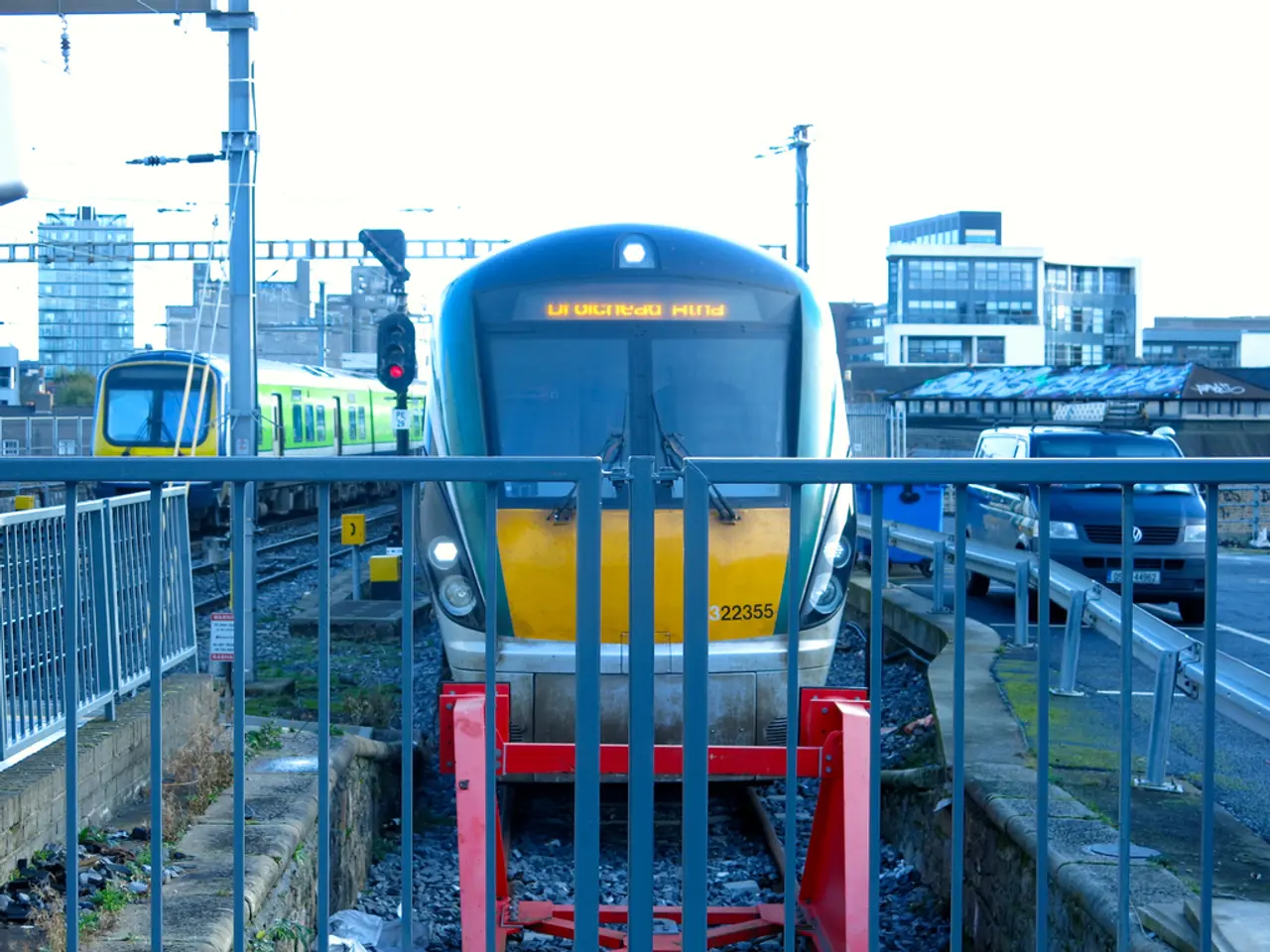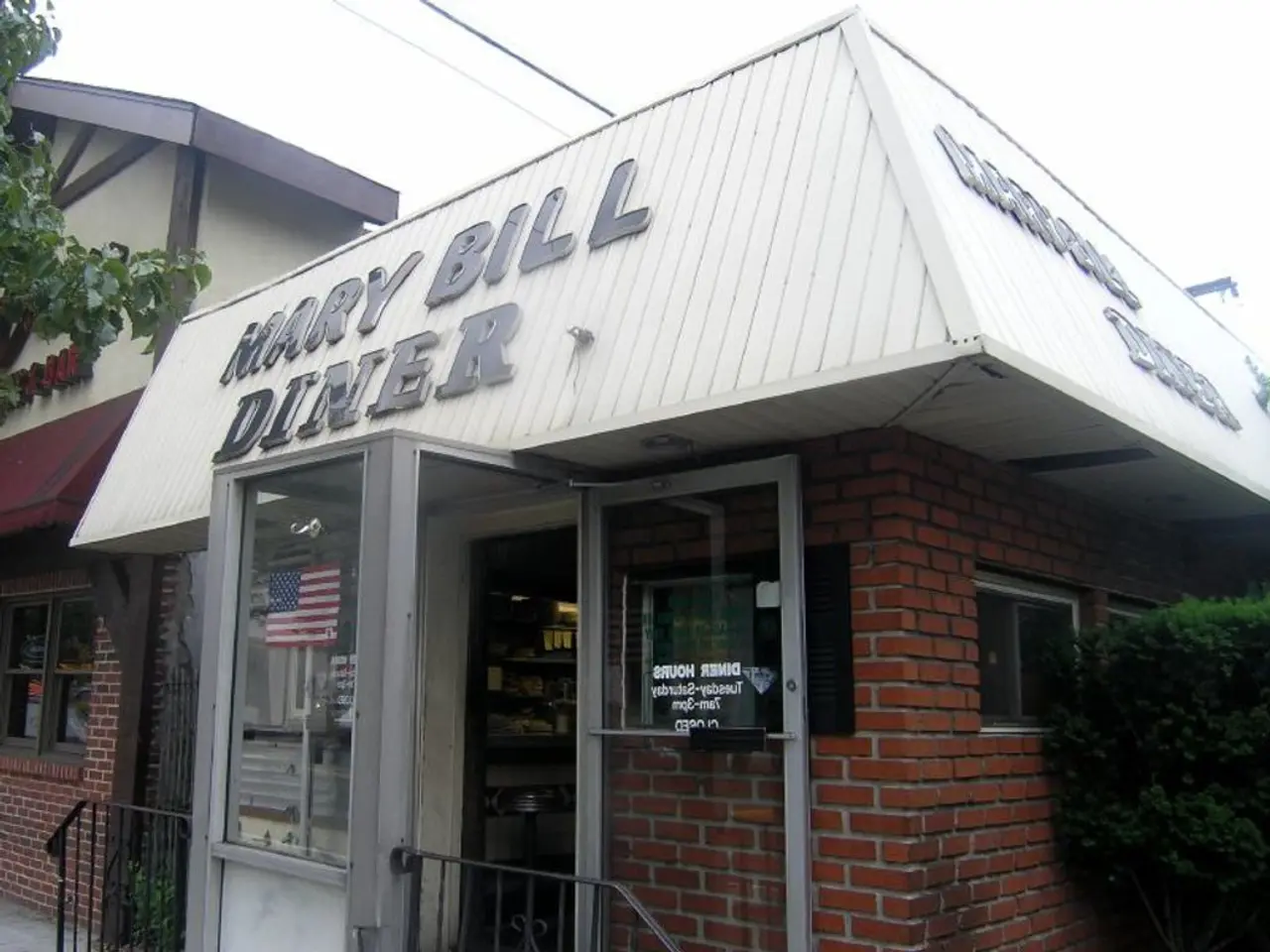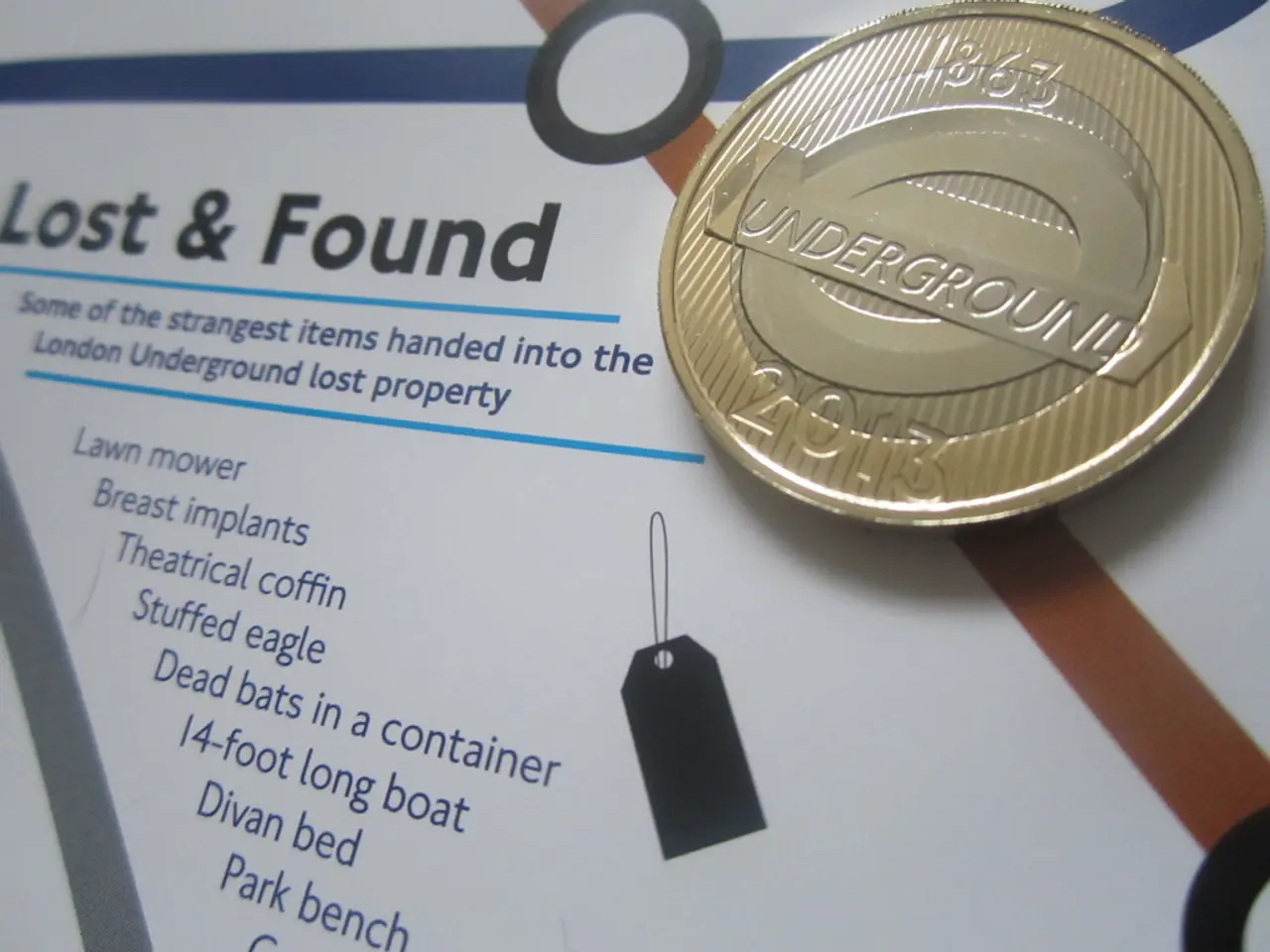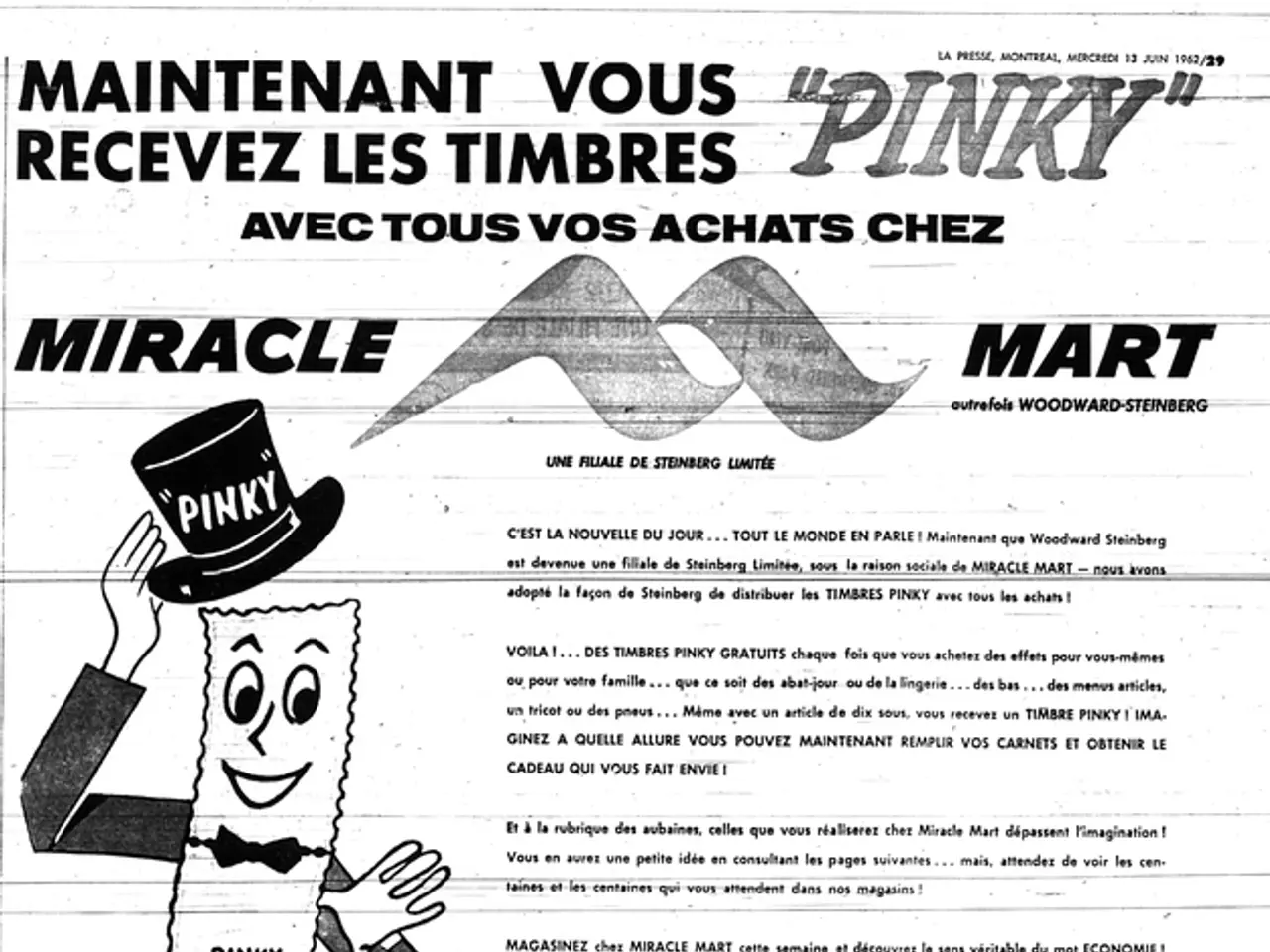Transportation industries collide over proposal to ease regulations at railroad crossings
In a move that could reshape rail-truck interactions at grade crossings, the Federal Motor Carriage Safety Administration (FMCSA) has proposed a rule that would allow trucks hauling hazardous materials and passenger buses to drive through certain types of grade crossings without stopping if the warning devices are not activated [1].
The proposal, which has received pushback from various rail unions and safety organizations, aims to prioritize highway safety with the added benefits of delay reduction and congestion mitigation [1]. However, the railroad industry anticipates increased safety risks, including a higher likelihood of collisions between trains and trucks [1].
The Brotherhood of Railroad Signalmen, a union representing workers who install and repair grade crossing signal systems, shares these concerns. They argue that the removal of the stop requirement reduces drivers' heightened awareness and could lead to dangerous situations, particularly where trains approach unexpectedly around curves [1].
On the other hand, trucking and hazmat carrier groups like the American Trucking Associations (ATA), the Owner-Operator Independent Drivers Association (OOIDA), and the National Tank Truck Carriers support the rule [3]. They contend that the risk of collisions at crossings is lower than risks from stops themselves [3].
The National Tank Truck Carriers, whose members transport hazardous materials, argue that the likelihood of a collision between a tank truck and a locomotive at grade crossings is substantially lower than the likelihood of a rear-end collision between a tank truck and another motorist at the same grade crossing when the truck is stopping or is fully stopped [3].
The railroad groups, such as the American Short Line and Regional Railroad Association (ASLRRA) and the Association of American Railroads (AAR), advocate for a case-by-case evaluation of crossings rather than a broad exemption [1]. They argue that requiring vehicles to stop at highway-rail grade crossings provides commercial drivers with extra time to react to unexpected situations [1].
State highway officials, represented by the American Association of State Highway and Transportation Officials (AASHTO), urge more careful consideration and data-driven analysis before adopting such changes [5]. They emphasize the need for clear, evidence-based guidance to protect public safety amid differing state approaches.
The Commercial Vehicle Safe Alliance, which represents state and local law enforcement, is concerned with the potential for increased crash risk between trucks and trains at grade crossings equipped with active warning devices but not functioning properly [2]. They note that there is no readily available crash data related to incidents where a crash occurred due to a malfunctioning warning device.
The FMCSA's proposed rule could result in cost savings for trucks and other vehicles associated with improved traffic flow. However, the concerns raised by the railroad associations include the potential for human error and substantial costs associated with increased highway-rail collisions [1].
Several rail unions, including the Brotherhood of Railroad Signalmen, have expressed concerns about the FMCSA's proposed rule, stating that it prioritizes speculative data over proven, life-saving practices [2]. The BRS President, Michael Baldwin, asserts that there is no reliable data supporting the removal of the stop requirement and that a single error at a crossing can result in mass fatality events.
As the debate between the rail and trucking industries continues, it is clear that the FMCSA's proposed rule has the potential to significantly impact rail-truck interactions at grade crossings, creating a safety versus efficiency debate that prioritizes the protection of public safety at these critical intersections.
[1] https://www.federalregister.gov/documents/2021/01/28/2021-02072/hazardous-materials-transportation-emergency-orders-hours-of-service-for-certain-hazmat-motor [2] https://www.cvsa.org/resources/press-releases/cvsa-expresses-concerns-with-fmcsa-proposal-to-allow-trucks-to-proceed-through-railroad-crossings-without-stopping [3] https://www.ooida.com/news/ooida-supports-fmcsa-proposal-to-allow-trucks-to-proceed-through-railroad-crossings-when-not-activated [4] https://www.nasstrac.org/news/nasstrac-supports-fmcsa-proposal-eliminating-stop-requirement-at-railroad-crossings-when-not-activated [5] https://www.transportation.gov/briefing-room/fmcsa-announces-proposal-allow-trucks-passenger-buses-proceed-through-certain-railroad
The railroad industry fears increased safety risks and a higher likelihood of collisions between trains and trucks, as a result of the proposed rule that would allow trucks and passenger buses to drive through certain grade crossings without stopping if the warning devices are not activated [1]. In contrast, trucking and hazmat carrier groups, such as the American Trucking Associations and the National Tank Truck Carriers, argue that the risk of collisions at crossings is lower than risks from stops themselves, especially for their industries, which involve transportation of hazardous materials [3].




